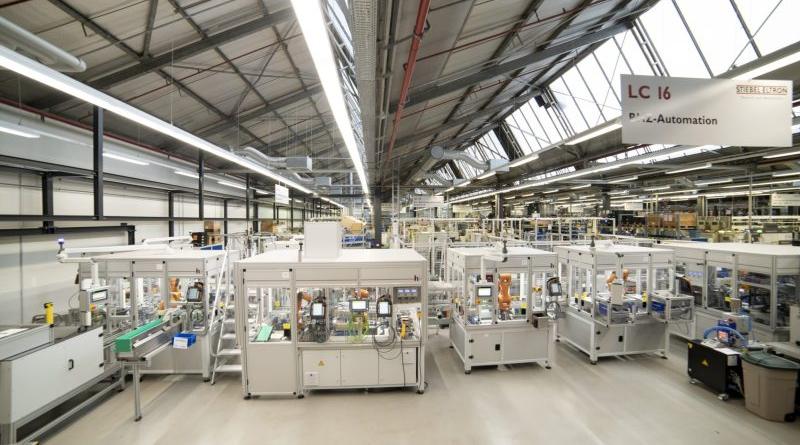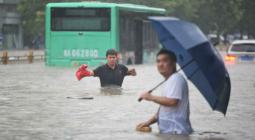Europe’s ‘heat pump valley’ takes root in the East

Nearly all heating in Europe must be climate-friendly by 2050 in order to reach the EU’s net-zero objective – and heat pumps are increasingly viewed as the main way of achieving this.
“As far as I can see, heat pumps are seeing a major takeoff now,” said Fatih Birol, the executive director of the International Energy Agency (IEA), who presented a special report on the future of heat pumps last year.
The EU wants an extra 10 million units installed by 2027 in order to reduce its dependence on Russian gas. The industry is booming, with world powers battling for a market share in one of the key future clean markets.
“It is a very important moment for the heat pump industry and for the governments in Europe, North America, Asia and beyond,” said Birol.
For the traditional European heating sector, which employs almost two million people across the value chain from production to installation, this decade marks a tectonic shift.
In 2021, the heat pump value chain employed 117,000 people, with around 37% (44,000) working in manufacturing, according to a recent report by the European Commission. This value chain manufactures around 73% of the EU’s current heat pump needs.
European policymakers welcome this trend. After all, heat pumps are one of five future clean-tech markets – alongside solar, wind, batteries, and electrolysers – where Europe has a comparatively large market share.
For heat pumps, “about 35% of manufacturing capacity was located in China, 25% in the United States and a little under 20% in the European Union,” the IEA report found.
The IEA estimates that heat pump manufacturing output capacity in the EU will exceed 55 Gigawatts by 2030, equivalent to the yearly production of 8 million heat pumps of 7-kilowatt capacity, which is the average size for a four-person household.
At this rate, manufacturing is set to exceed deployment targets.
The necessary investments – about €5 billion to boost manufacturing capacity according to industry estimates – have already been announced.
“You will not recognise the European heating industry by 2025,” said Thomas Nowak, the secretary-general of the European Heat Pump Association (EHPA).
Europe’s heat pump valley
In Europe, Central and Eastern EU countries have taken a head start on manufacturing, thanks to cheap and skilled labour.
Already, observers point at a developing heat pump valley forming at the intersection of Poland, the Czech Republic and Slovakia.
Here, big manufacturers like Daikin in Brno and Łódź, Viessmann in Legnica, Bosch in Dobromierz, Panasonic in Pilsen, Vaillant in Senica and Stiebel in Poprad are currently stamping massive factories out of the ground.
The biggest winner so far is Poland. The country of 38 million people managed to attract the largest share of confirmed heat pump industry investments to date – exceeding the figure for Germany, a country twice as large.
“Poland is a country with a large number of skilled workers,” said Hiromitsu Iwasaki, vice-president for Europe at Daikin, when the Japanese manufacturer announced a €300 million investment funding a new factory in Łódź last year.
“All heating products sold in Europe are also manufactured in Europe,” he added, citing Daikin’s “proximity strategy” as another reason for locating its factories there.
Poland’s attractiveness as a location for heat pump manufacturing is also fuelled by growing domestic demand.
The heat pump market in Poland grew 102% last year. The almost 200,000 heat pumps sold in Poland put the country head-to-head with Europe’s richest countries, just behind the Nordics which had a head start in adopting the technology.
cover photo:With demand for heat pumps growing, Europe's future supply looks to be manufactured East of Berlin as investments head to Poland, Slovakia and the Czech Republic. [STIEBEL ELTRON]






